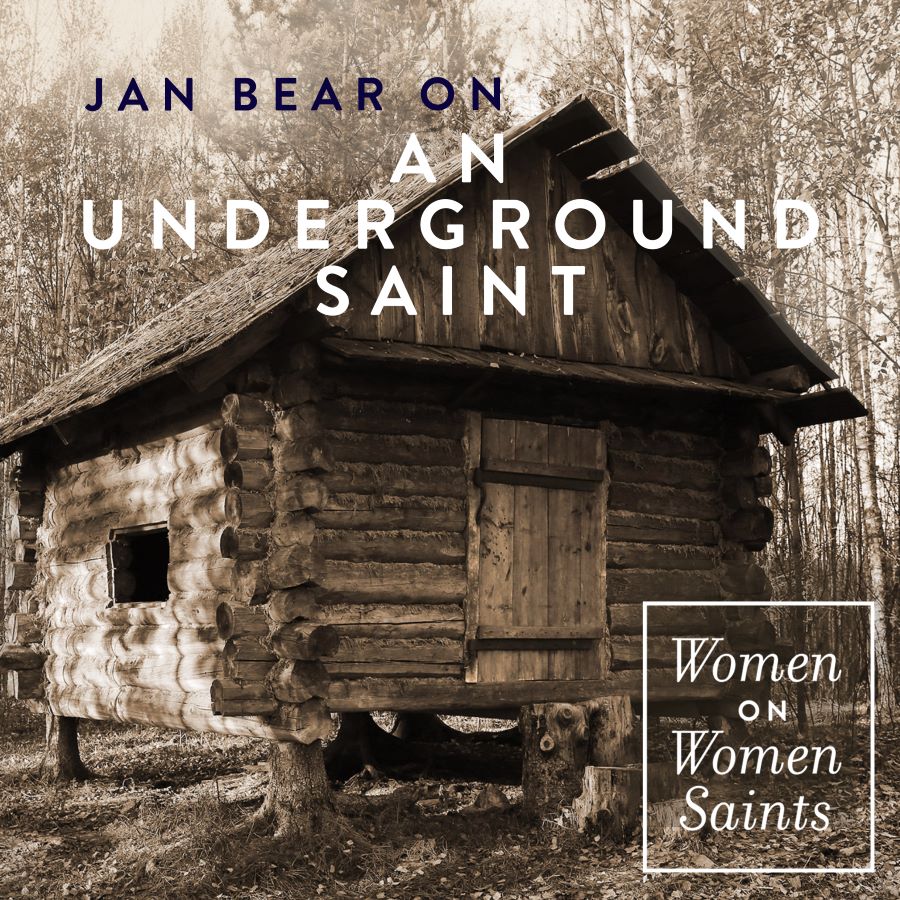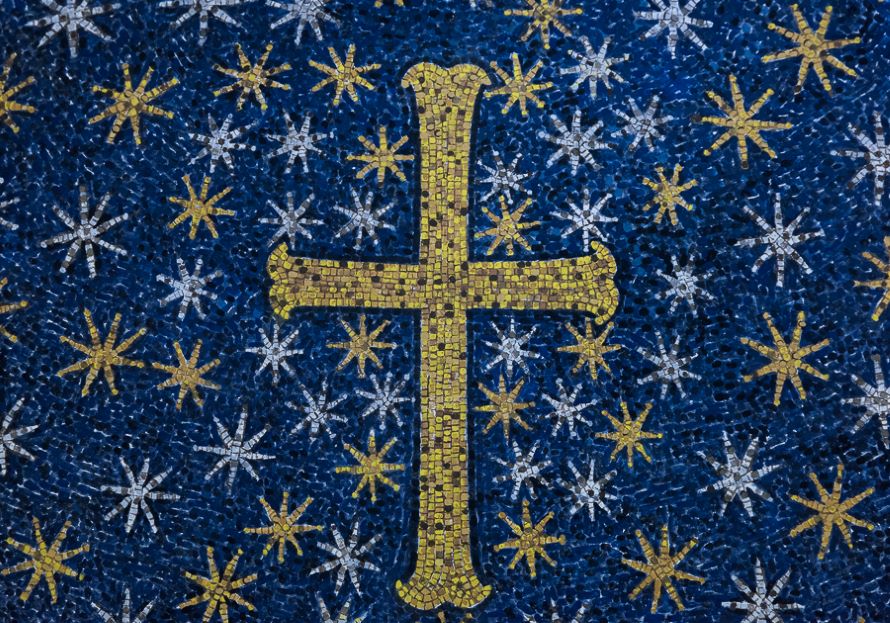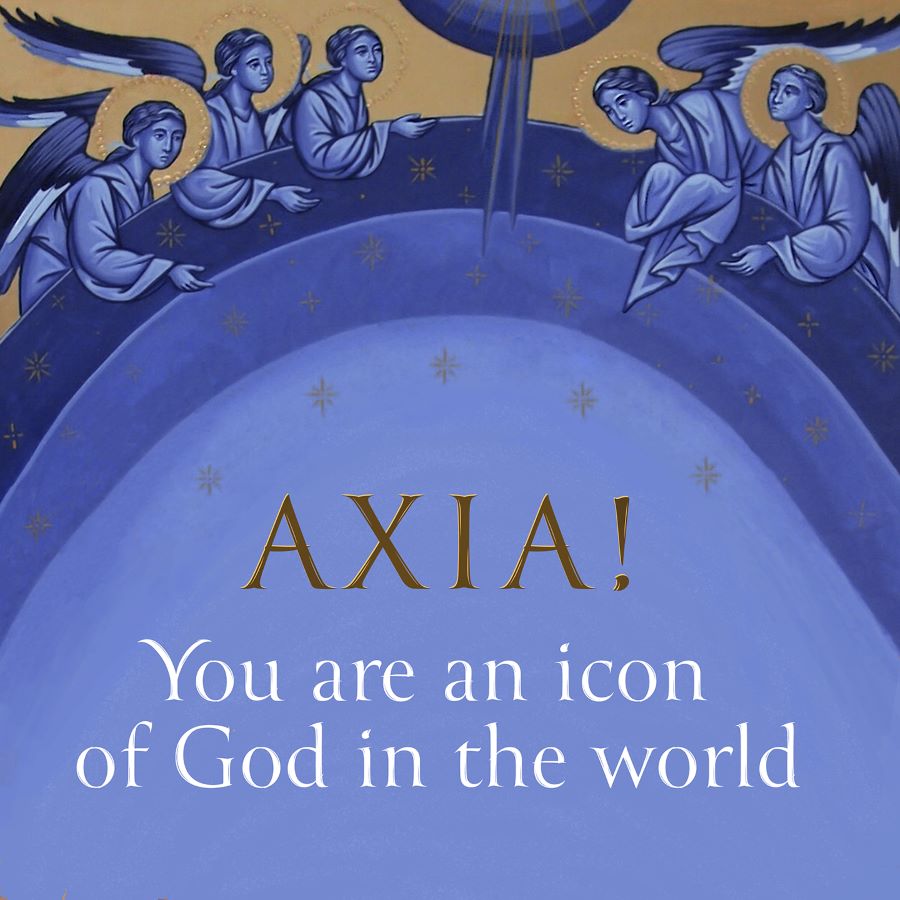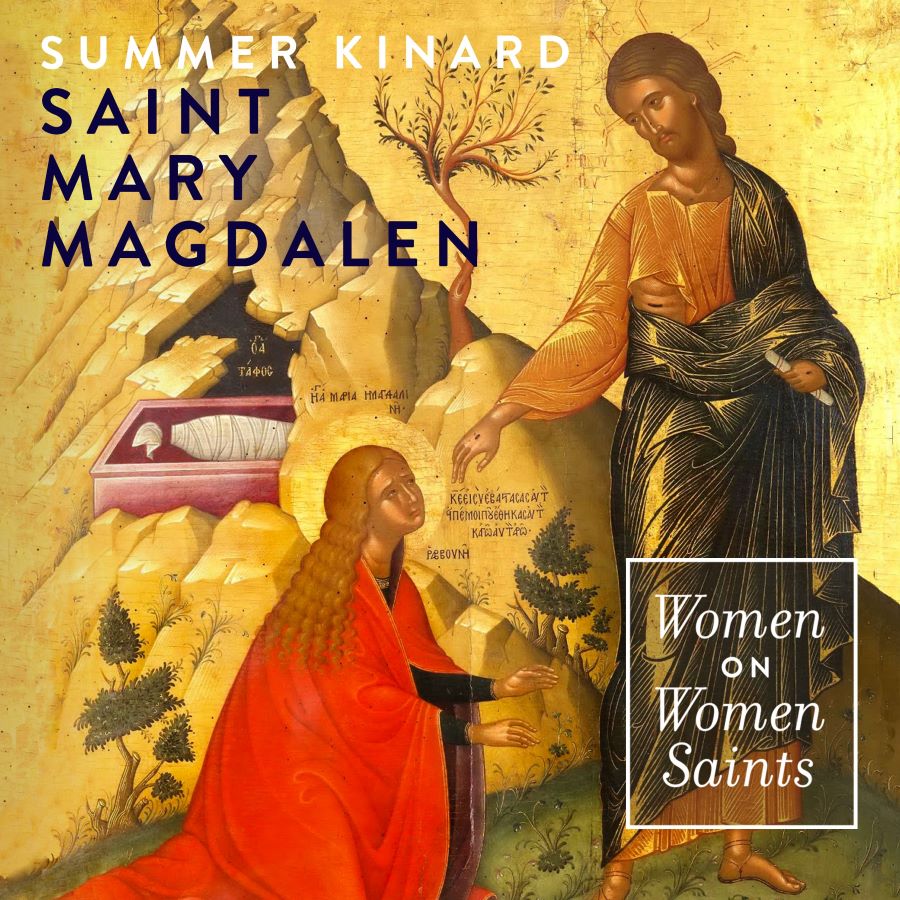Stories

Jan Bear writes on an unknown--and literally underground--saint in her post called "I'm Not Hiding, I Am on a Journey" for today's installment of our Women on Women Saints series:
A long time ago, I heard an Orthodox speaker, whose name I’ve forgotten along with the exact wording of this quote, talk about a Russian holy woman who dug a grave in her basement and spent her time lying in it, praying. When her neighbors told her she should stop hiding and get out more, she replied, “I’m not hiding. I am on a journey.”

Our advisor Judith Scott shared with us a sermon she gave at her parish on the way we look forward to the events of the Crucifixion (and therefore the Resurrection) even as we await the good news of the Nativity:
Let us consider chronos (Eastern Standard Time for example) and kairos (sacred time), because we are preparing for the Nativity, God’s Incarnation, kairos bursting into chronos. We do this knowing that the future of the child who is born will suffer death and be buried. In our perception of time, this has already happened. Jesus conquers death for all of us, which is happening now and will be forever.

On December 4, we were immensely fortunate to welcome Dr. Nadieszda Kizenko to walk us through an Orthodox ethos around confession–how it developed, the wide variety of traditions that have developed from it, and how we might approach it now. So many of us struggle with confession–it’s such an intimate, personal rite. None of us seem to feel that we do it correctly. Maybe that’s partly because practices vary so much from place to place, but isn’t it also because it’s hard to find someone to give us guidelines? As always with our Ask an Expert sessions, we asked everyone who registered to send their questions–and we received a wide variety of fascinating and urgent ones, showing all the more how this theme is so important.

Dear Friends,
As the glorious Feast of the Nativity approaches where we celebrate God becoming incarnate in the world, we can’t help but remember these words from St. Maria of Paris: "Each person is the very icon of God incarnate in the world."
Axia! You are an icon of God in the world!
When we go to church, we see walls bedecked with the icons of saints we cherish. This is also true outside our parish walls—our world is bedecked with the beautiful image of God in the very people in front of us!
At Axia, we know that sometimes the images, stories, and the work of women--work that is incarnational--often isn't visible in our Church.


In this piece, we have a rare example of an Orthodox writer giving us a look at how the events of Christ's crucifixion and resurrection might have been felt by someone who had been healed by Him:
When she met Him, she had not seen light since a year after she inherited her estate in Magdala, when her grief had been assuaged at long last by its roses and citrons and dill and olives and the little goats that leapt when she walked by. Then came the jealous rivals and the curses. Then the demons. Her bright world had disappeared. She saw as if through foul water. Her old nurse bound her in linen cloths and walked her all the way to Jerusalem to see the priests and offer her goats for her healing.

We want to tell you about some changes to our Board.
Dr. Gayle Woloschak has come to the end of her three-year term as our Senior Advisor. We have benefited immeasurably from her wisdom and the depth of her expertise in starting and running non-profits, especially in the Orthodox sphere. Gayle, you have been a true blessing and we are so glad you will be staying with us as advisor emerita!


